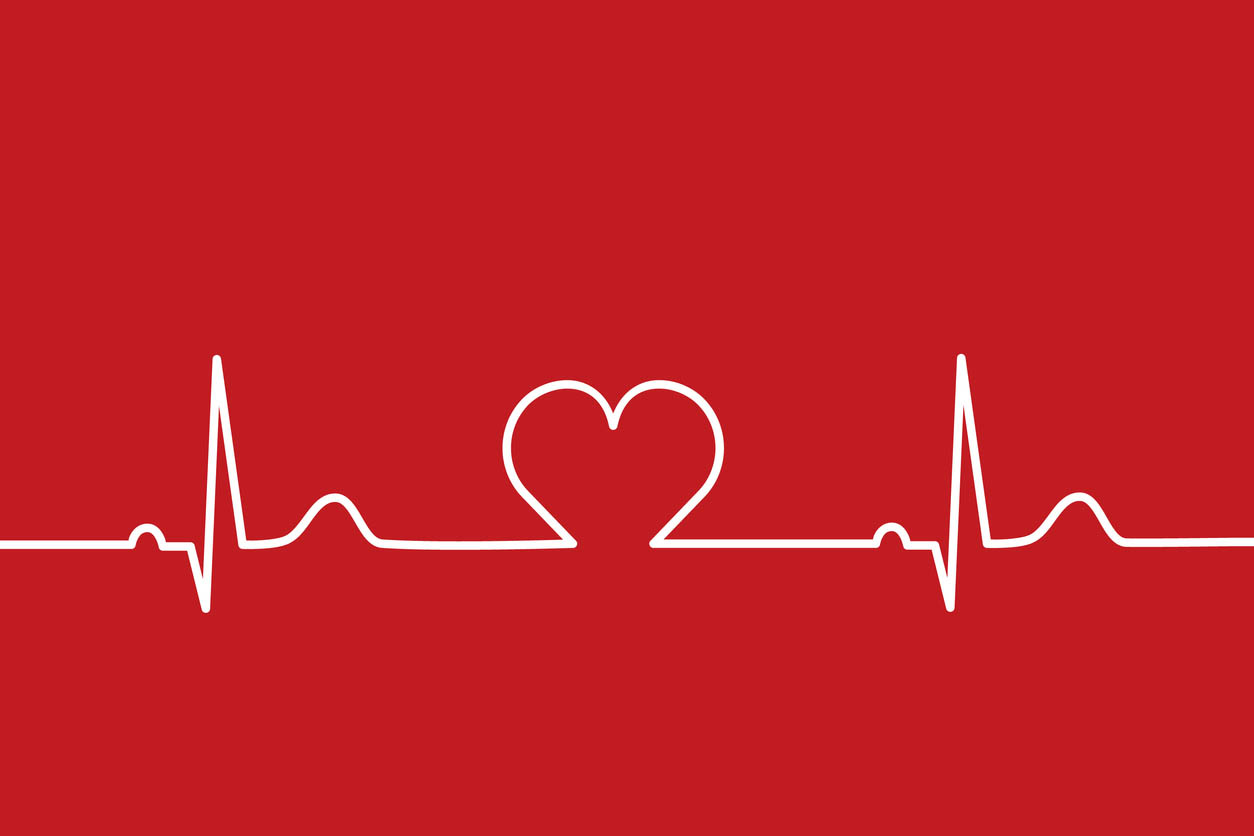Understanding Cardiovascular Disease: Causes, Symptoms, and Treatment

Cardiovascular disease encompasses a group of conditions that affect the heart and blood vessels. These conditions can impact various aspects of the cardiovascular system, leading to symptoms that can be both subtle and severe. It is the leading cause of death and affects people of all ages, genders, and sociaeconomic backgrounds. This article provides an in-depth overview of cardiovascular disease, including its causes, symptoms, diagnosis, treatment, prevention, and outlook.
What Is Cardiovascular Disease?
Cardiovascular disease is a range of conditions affecting the heart and blood vessels. These conditions may include narrowing blood vessels in the heart and other organs, heart and blood vessel defects present at birth, irregular heart rhythms, and malfunctioning heart valves. Cardiovascular disease can manifest in various ways, with individuals experiencing a wide range of symptoms including, chest pain, shortness of breath, leg cramps and heart palpitations.
Causes of Cardiovascular Disease
The causes of cardiovascular disease can vary depending on the specific condition. Atherosclerosis, characterized by plaque buildup in the arteries, is a common cause of coronary artery disease and peripheral artery disease. Other causes may include scarring of the heart muscle, genetic predispositions, aging, infections, rheumatic diseases, and certain medications. Additionally, risk factors like high blood pressure, high cholesterol, tobacco use, diabetes, family history of heart disease, lack of physical activity, obesity, and unhealthy dietary habits can contribute to the development of cardiovascular disease.
Symptoms of Cardiovascular Disease
The symptoms of cardiovascular disease can vary based on the specific condition and individual factors. Common symptoms of heart issues may include chest pain, shortness of breath, dizziness, fainting, and fatigue. Blockages in blood vessels throughout the body can result in symptoms such as leg pain, non-healing leg sores, skin discoloration, swelling in the legs, and numbness or weakness in the limbs. It’s important to note that older adults and females may experience more subtle symptoms, underscoring the need for comprehensive cardiovascular assessments regardless of symptom severity.
Types of Cardiovascular Diseases
Cardiovascular disease encompasses a wide array of conditions, including but not limited to:
- Arrhythmia
- Valve disease
- Coronary artery disease
- Heart failure
- Peripheral artery disease
- Aortic disease
- Congenital heart disease
- Pericardial disease
- Cerebrovascular disease
- Deep vein thrombosis.
Each type presents with distinct symptoms and may require specialized diagnostic and treatment approaches.
Diagnosis of Cardiovascular Disease
Diagnosing cardiovascular disease typically involves a comprehensive evaluation by a healthcare provider, including a physical examination and assessment of the patient’s medical and family history. Various tests may be ordered to aid in the diagnosis, such as blood work to assess cardiovascular health markers, imaging studies including electrocardiograms, echocardiograms, and cardiac MRI, as well as stress tests, ultrasound, and cardiac catheterization to evaluate blood flow, heart function, and potential blockages.
Treatment of Cardiovascular Disease
The treatment of cardiovascular disease is tailored to the specific type of condition and the individual’s symptoms. Management may involve lifestyle changes such as dietary modifications, increased physical activity, smoking cessation, and medications to control cardiovascular risk factors. In some cases, surgical interventions or minimally invasive procedures such as stent placement and ablations may be necessary to address the underlying cardiovascular issues.
Prevention of Cardiovascular Disease
While certain types of cardiovascular disease, such as congenital heart defects, may not be preventable, lifestyle modifications play a crucial role in reducing the risk of many cardiovascular conditions. Strategies for prevention include:
- Avoiding tobacco products.
- Managing existing health conditions like diabetes and high blood pressure.
- Achieving and maintaining a healthy weight.
- Adhering to a heart-healthy diet.
- Engaging in regular exercise.
- Practicing stress management techniques.
Outlook and Living With Cardiovascular Disease
Many individuals with cardiovascular disease can lead fulfilling lives with proper management and treatment adherence. Engaging with a healthcare team, following prescribed treatment plans, and maintaining healthy lifestyle habits are essential for achieving positive outcomes. However, untreated cardiovascular disease can lead to severe complications, increasing the risk of heart attacks, strokes, acute limb ischemia, aortic dissection, and sudden cardiac death.
When to Seek Medical Attention
Prompt medical attention is crucial for individuals experiencing symptoms of cardiovascular disease, such as chest pain, fainting, severe shortness of breath, limb pain or numbness, and back pain. Regular primary care visits are instrumental in early detection and intervention, enabling healthcare providers to identify potential cardiovascular issues before symptoms manifest.
In conclusion, cardiovascular disease encompasses a diverse range of conditions that necessitate timely diagnosis, appropriate management, and ongoing monitoring to mitigate potential complications. By understanding the causes, symptoms, and treatment options for cardiovascular disease, individuals can take proactive steps to optimize their cardiovascular health and well-being.






